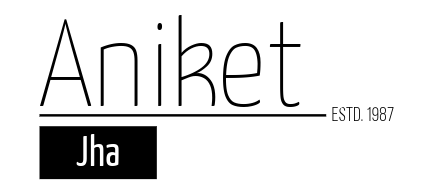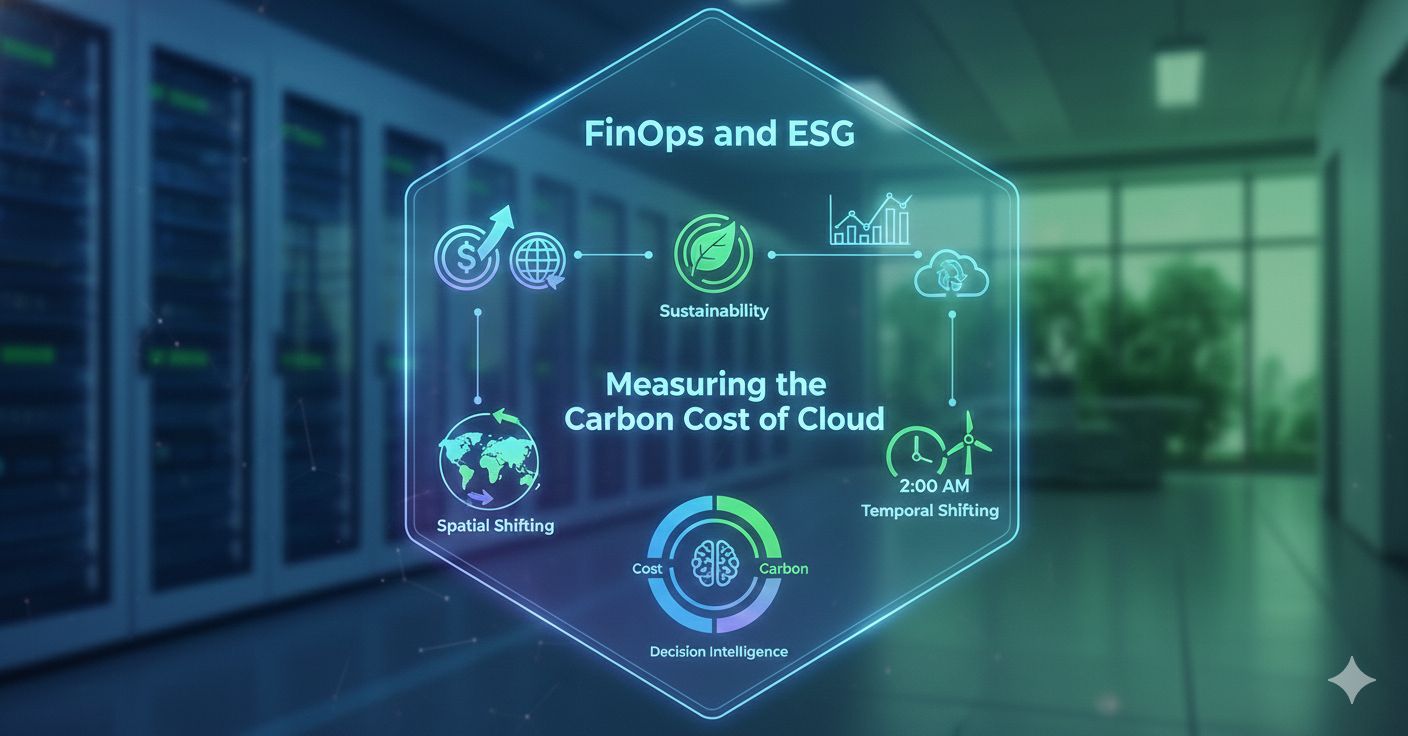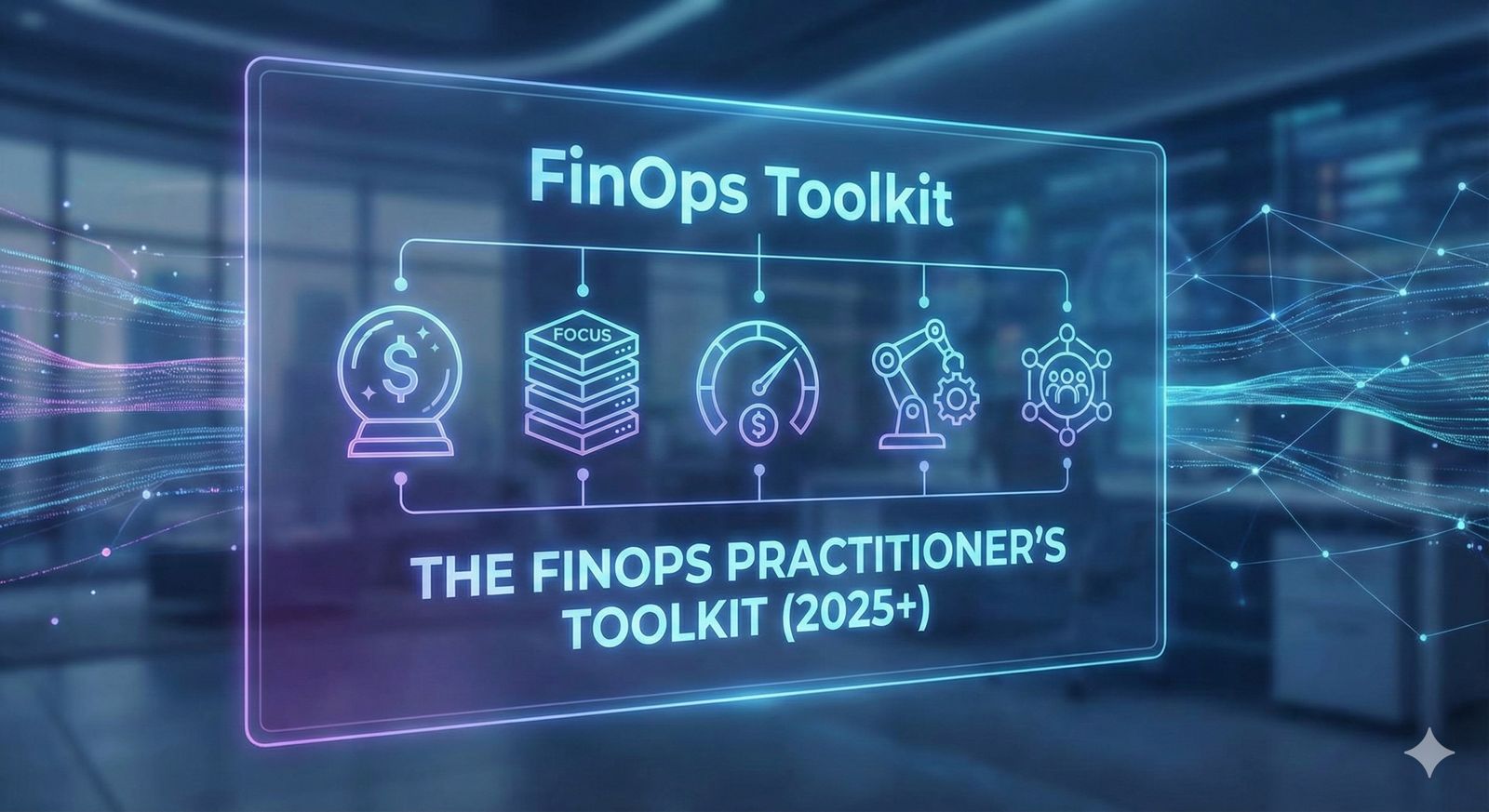A usual day revolves around managing hundreds of smaller projects, each with its distinct objectives, challenges, and timelines. The projects can last anywhere from a few days to six months, making everyday dynamic and filled with variety. While some tasks might fall under broader categories, no two projects are ever the same. Each brings its own set of demands, requiring flexibility in approach and execution.
Managing the Uniqueness of Each Project
Every project I manage is unique, even if the overall objectives may seem similar at first glance. Whether it’scurrent infrastructure, services or features, refining customer experiences, or working on digital transformation initiatives, the intricacies of each project require careful planning and adaptation.
To maintain control over such a diverse set of projects, I typically rely on two well-known project management approaches: Waterfall and Agile. However, the choice of which approach to use depends on the nature and scope of the project.
Waterfall vs. Agile: A Key Difference
Waterfall is a linear, sequential approach where each phase must be completed before moving to the next. It’s most effective when the project scope is well-defined upfront, and there is little room for change. The focus is on completing tasks step by step, ensuring that each phase is fully developed before moving on. For projects with long-term objectives, fixed budgets, and clear requirements, Waterfall is often the best choice.
On the other hand, Agile is a more iterative approach that allows for greater flexibility. Agile is designed to accommodate change, even late in the project lifecycle. It encourages frequent feedback loops, quick adjustments, and continuous improvement. Agile is particularly beneficial when dealing with projects where the scope may evolve over time, and rapid delivery of small, functional parts is needed.
The key difference between Waterfall and Agile can be explained using the Triple Constraint Theory—which focuses on three factors: Scope, Cost, and Time.
- Scope: In Waterfall, the project scope is defined at the beginning and remains relatively unchangedthroughout the project. Agile allows for ongoing adjustments to the scope as the project progresses.
- Cost: Waterfall tends to have a fixed cost since all requirements are defined upfront. Agile, on the other hand, may see fluctuations in cost as new elements are introduced during each iteration.
- Time: Waterfall requires careful upfront planning, which can make it more time-consuming for complex projects. Agile emphasises speed, with deliverables broken into short sprints, allowing faster results but often requiring more flexibility in time management.
The Role of Empiricism in Project Management
While choosing between Waterfall and Agile depends on the project, my overarching philosophy is guided by Empiricism. Empirical project management is a fact-based, evidence-based approach that helps remove subjectivity from decision-making processes. Instead of relying on guesswork, assumptions, or personal preferences, empiricism encourages data-driven decisions.
In practice, this means:
- Gathering Data: I continuously track key performance indicators (KPIs) to monitor project progress. Data such as team velocity, budget burn rates, and timelines offer insights into how well the project is progressing.
- Testing Hypotheses: Before implementing changes, ensuring they are tested and validated through real-world data. Empiricism values experimentation and learning from outcomes.
- Adjusting Course: When new information becomes available, reassess the project plan. Evidence-based analysis allows me to make informed decisions about whether to pivot, accelerate, or slow down different aspects of the project.
- Reducing Bias: Empiricism removes subjectivity and personal biases, creating a more transparent and objective view of the project. This fosters better communication and collaboration with stakeholders since everyone is working from the same facts.
In the dynamic world of project management, empiricism ensures adapting to the changing nature of each project, managing risks effectively, and staying aligned with both business and customer needs.
Conclusion
Managing hundreds of smaller projects is no small feat, but by using structured approaches like Waterfall and Agile, adapting to the unique demands of each. With empiricism guiding decision-making, every choice is rooted in data and evidence, helping deliver successful outcomes for every project. Whether it’s a one-week sprint or a six-month endeavour, the key to success lies in balancing scope, cost, and time while staying flexible enough to accommodate the unexpected.
Image credit: image by Freepik




